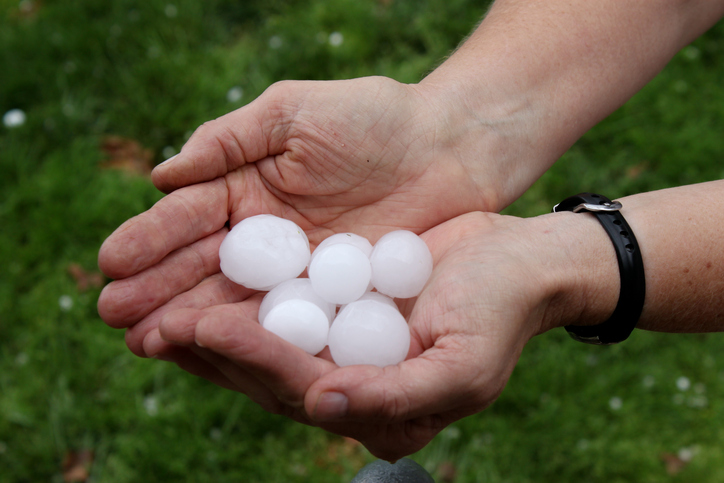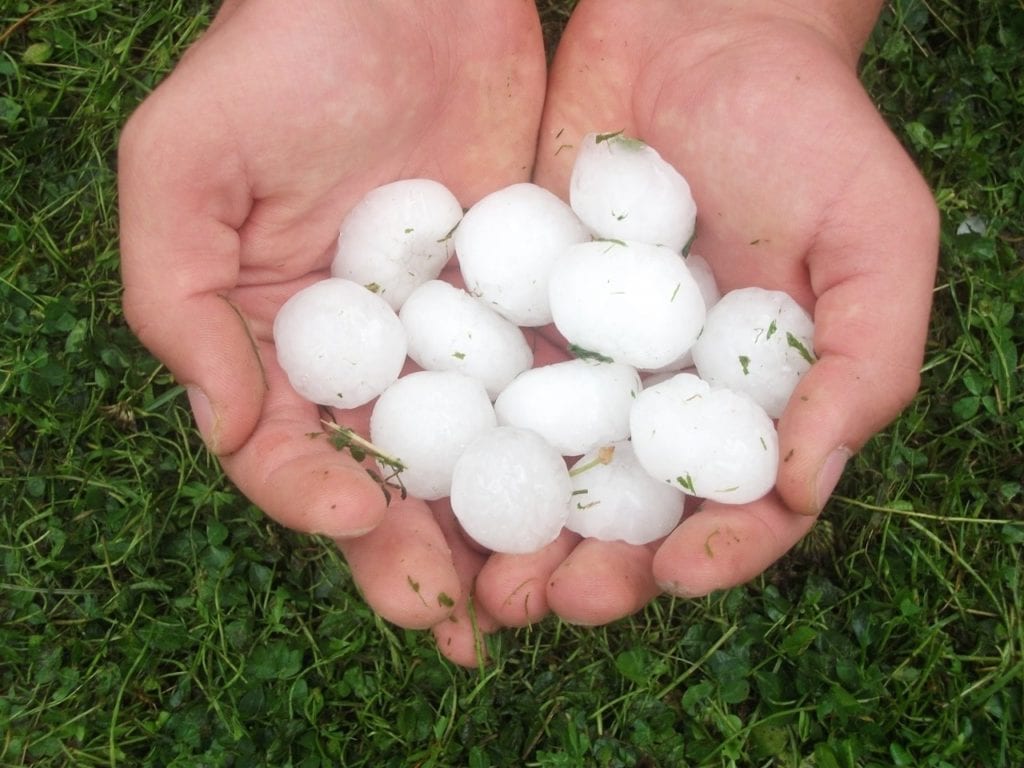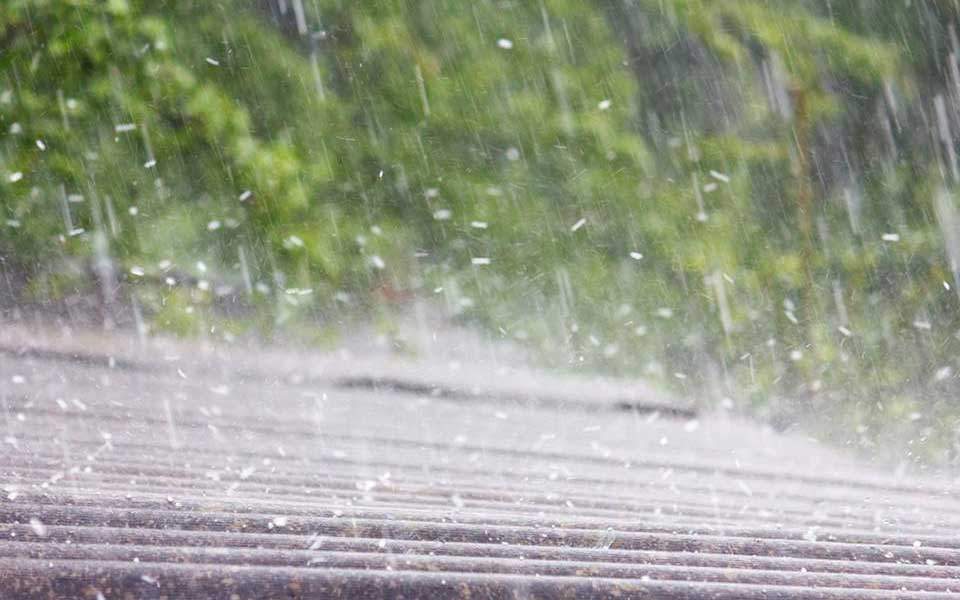Table of Contents
- Burgundy Once Again Devastated by Hail - PUNCH
- Ecology Over Economy: Got Hail? Freezing Nucleation Weather Patents and ...
- The meaning and symbolism of the word - «Hail»
- How Hail Can Affect Your Roof - Modernize
- Oh, hail. - Dangerous Intersection
- David Whittemore's Two Hundred Fifty Pixels Wide : Springtime Hail ...
- Prepare for the growing risk of damaging hail | Zurich Insurance
- Tips to Protecting Your Property From Hail - Property Management
- Freak storm carpets Crete motorway with hail | eKathimerini.com
- The language of God: Hail



The Formation of Hail


Factors Influencing Hail Size




Other Factors
In addition to these primary factors, other conditions can also influence hail size, such as: Wind Shear: Changes in wind direction and speed with height can cause hailstones to be carried upward or downward, affecting their size. Cloud Type: The type of cloud in which the hail forms can also impact hail size. Cumulonimbus clouds, which are associated with strong updrafts and heavy precipitation, tend to produce larger hailstones. Location: The location of the storm can also influence hail size. Storms that form in areas with high moisture content, such as near bodies of water, tend to produce larger hailstones. In conclusion, the size of hailstones is determined by a complex interplay of factors, including updraft strength, water content, freezing level, storm intensity, wind shear, cloud type, and location. Understanding these factors can help us better predict when and where large hail is likely to occur, allowing us to take necessary precautions to protect people and property. By continuing to study the science behind hail, we can improve our ability to forecast and prepare for these powerful storms.Source: FOX Weather
Note: This article is for general information purposes only and is not intended to be a comprehensive or technical treatment of the subject.